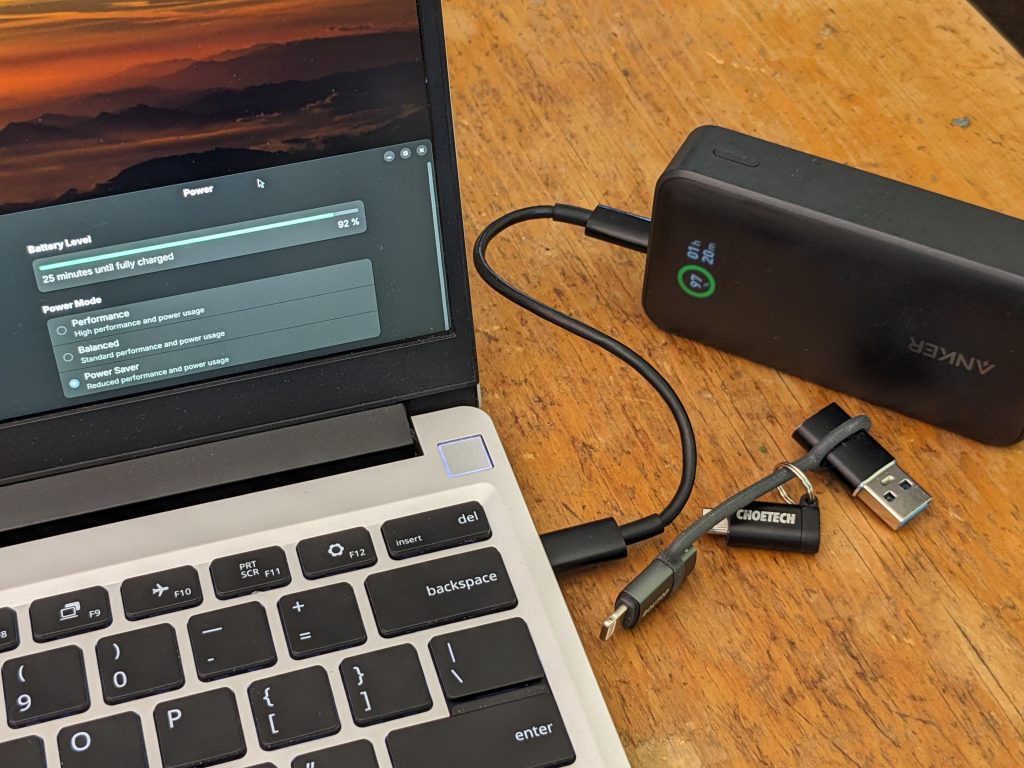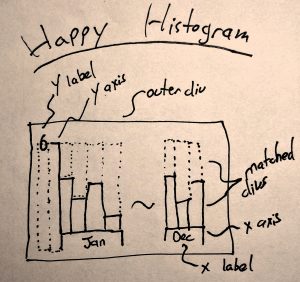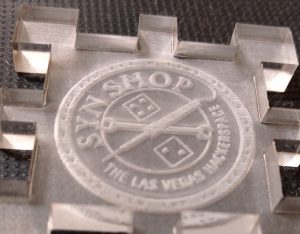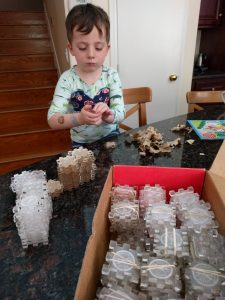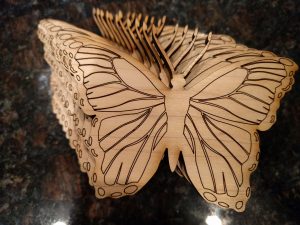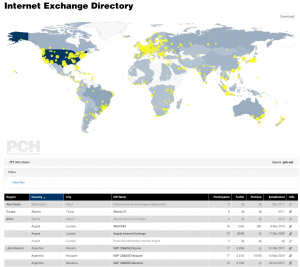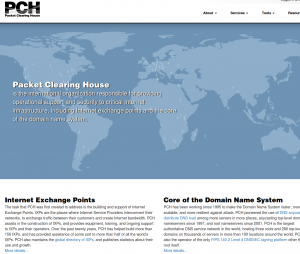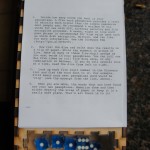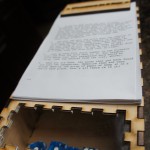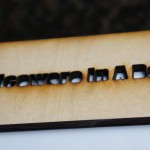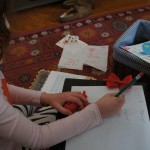0 minutes, 55 seconds
I have a Framework 13″ (Ryzen 5 7640U w/ 2.8K Matt screen) that has USB-C PD charging like most modern laptops. While it normally ships with a 60W USB-C charger, I’ve gotten away charging it with a teen tiny 45W charger – this is because Framework is totally awesome and went out of their way to support very low watt chargers. I love it!
To this end, I wanted an emergency teeny tiny battery that I could use on every device I own. Be it an old kindle with microUSB, my kids’ iPhone with lightening port or, yes, you guessed it, my whole laptop that, for what ever reason, I desperately need to charge or use for a bit more.
After doing some research, I found an open box deal for $20 on an Anker 30W battery. While I knew that Framework went out of it’s way to be compatible with less than perfect chargers, I was nonetheless quite pleased to see it all working. I kitted out my emergency charge kit with an 8″ USB-C <> USB-C cable, a USB-C <> lightening adapter, a USB-C<> microUSB adapter and a USB-C <> to USB-A adapter for good measure. I just keep it charged up in the bottom of my bag – so handy just in case!
